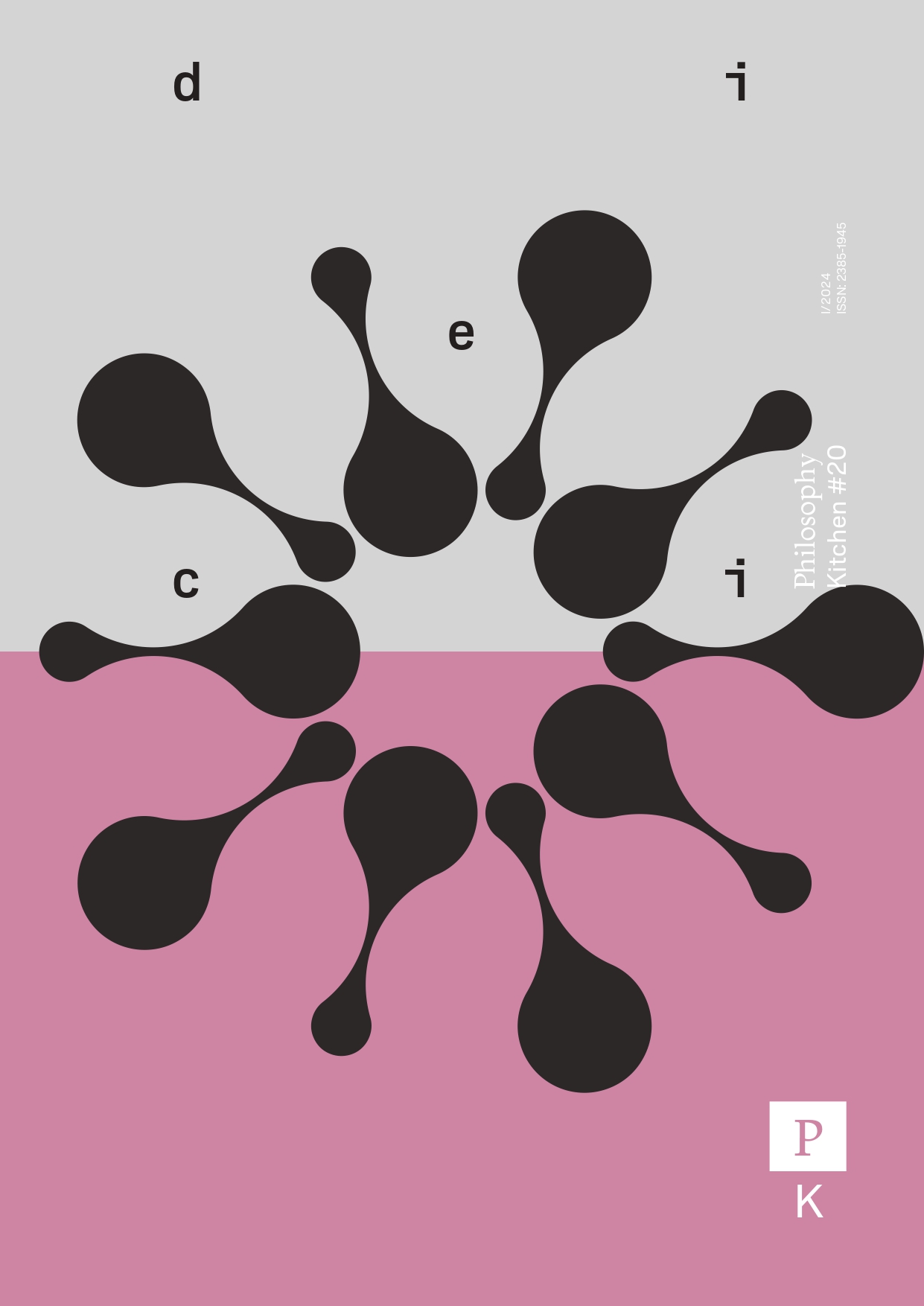Space, Time and Perception: the Construction of Meaning
DOI :
https://doi.org/10.13135/2385-1945/10869Résumé
This paper will discuss some aspects of the connection between space, time, and perception. More specifically, we attempt to show that some spatial properties of the ambient space are integrated into our perceptual structures by means of which we perceive and act on the world around us. We also stress the fundamental fact that the construction of perceptual objects requires an integration of the different sensory information and therefore a binding activity within and across the senses. The discussion and analysis of the links between spatiality, temporality and perception are related to wider questions pertaining to phenomenological research developed by Husserl, the Psychology Gestalt theoreticians and Merleau-Ponty. One of the main ideas suggested in this paper is that there is not a simple and unitary space (being, subject, consciousness), a single scene, where all experience can be located, in its origin and its emergence. Experience involves multiple spaces, but also operations like transformations, projections, processes of embedding or immersion, in which a plurality of forms comes into play. The origin of our perceptual world is rather distributed and differentiated among spaces. The most profound philosophical question might be now to think how those spaces are related, how they are intertwined, where and why they intersect each other, which involves a philosophical recognition of the phenomenological and geometrical organization of perception. To summarize, the goal of this article is twofold: first, it tries to show how different spatial structures are actively involved in the perception; and second, it stresses the multifaceted and polysemic nature and action of time.





